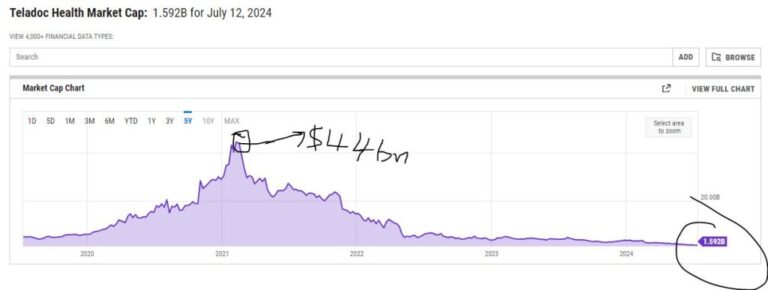
The healthcare industry is facing several simultaneous pressures — including ongoing workforce shortages, rising costs, aging populations and changing patient preferences.
Another one of healthcare’s root problems is that care quality doesn’t seem to be getting any better at scale, despite advancements in technology and reach. Provider organizations tend to view quality and safety as boxes to check or expenses to manage, rather than as strategies that can drive better performance, pointed out Stephanie Mercado, CEO of the National Association for Healthcare Quality (NAHQ), during an interview last month at Reuters’ Total Health conference in Chicago.
In her view, most providers’ quality infrastructure is underdeveloped and retrospective. She thinks they tend to focus more on compliance and reporting rather than proactive improvement.
Patients expect high-quality care, but legacy systems and fragmented processes make it difficult to keep meeting that expectation, Mercado declared.
“I think patients expect what they might get from an airline — high quality and safe. But our systems have not been built to achieve that. They’re wildly complex and also based on an N-of-1. Each patient brings their own person to the situation, and then healthcare has to deal with that,” she remarked.
She believes that when hospitals invest in their people — such as by strengthening their skills or clarifying roles — they can deliver safe, more high-quality care, as well as improve their financial performance.
Advances in AI, automation and data reporting are valuable, but without a skilled workforce to interpret and act on that data, improvements won’t materialize, Mercado said.
She noted that quality is often the common thread connecting many healthcare challenges like readmissions, revenue cycle woes, capacity management and patient throughput. Treating each problem in isolation leads to a “Whack-a-Mole” approach — but addressing quality systematically can create more sustainable solutions, she said.
Mercado pointed to NAHQ’s workforce accelerator program and healthcare quality competency framework as a guide that can systematically assess, define and elevate an entire organization’s workforce skills. She cited the VA, Kaiser Permanente and Christus Health as examples of organizations that have successfully applied the program.
“The VA has increased their CMS star ratings dramatically — they are outperforming private sector organizations in ways they’ve never done before, and one of the reasons is because they’re implementing our methodology to systematically organize their workforce, define roles and responsibilities, set performance expectations and elevate the competencies of their people,” Mercado explained.
The VA has seen a 42% increase in its CMS five-star ratings since partnering with NAHQ, she added.
She also pointed out Kaiser Permanente was able to save $6.53 million over two years by decreasing avoidable expenses tied to poor quality and safety — such as the costs of preventable infections, patient falls and other hospital-acquired complications. Christus Health reported $3 million in cost avoidance, as well as a 50% drop in serious safety events.
Mercado said that these partners have praised NAHQ’s program for its ability to help health systems standardize roles, reduce performance variability and raise skill levels across whole teams.
Her hope is that more health systems will recognize that the path to stability — both financially and clinically — often runs through a stronger, more consistently skilled workforce.
Photo: Westend61, Getty Images






